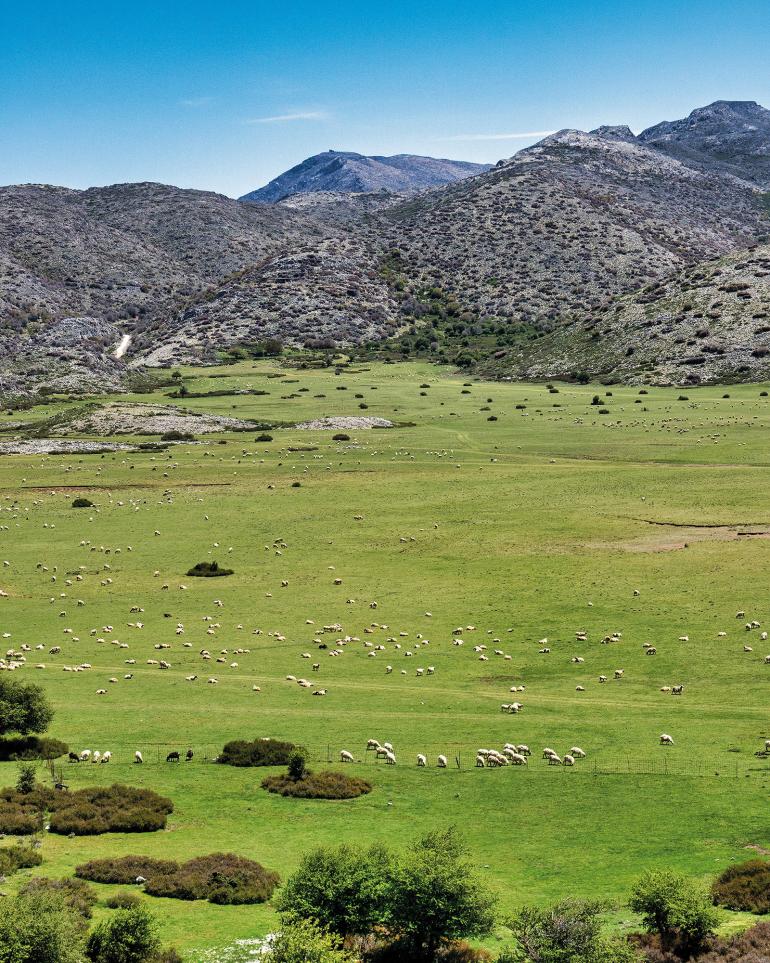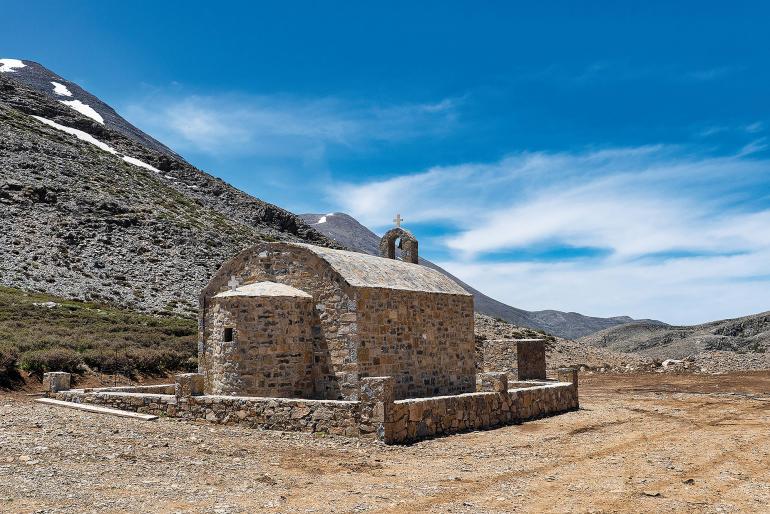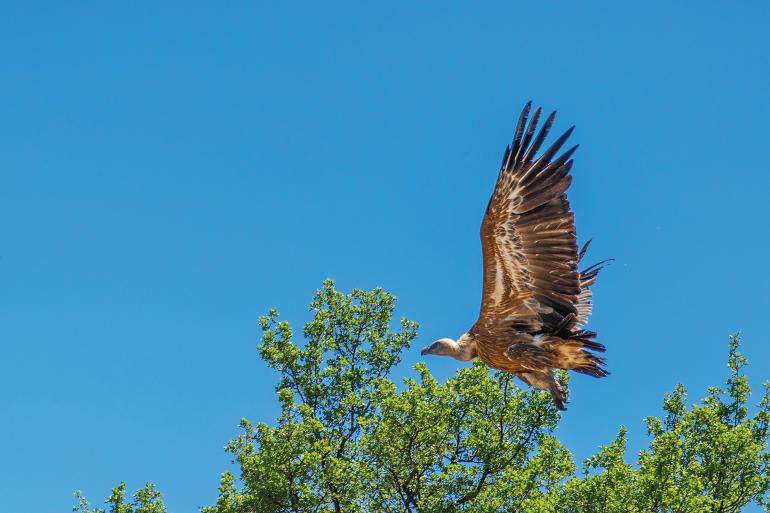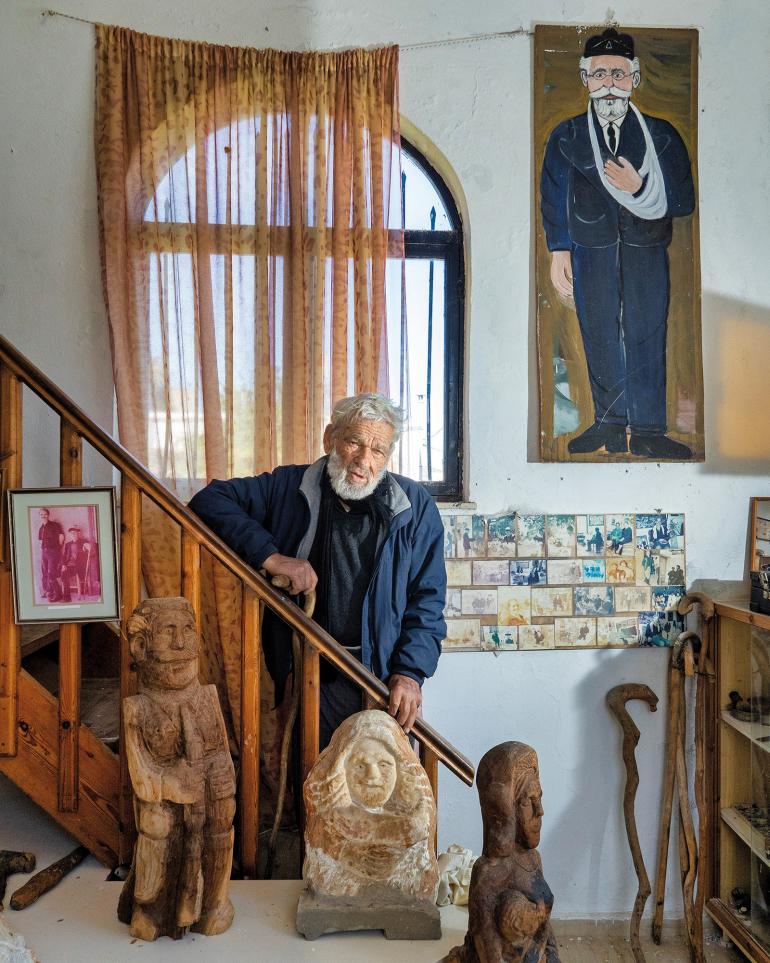THE SACRED MOUNTAIN
Doric Psiloritis –rugged, proud and steeped in myth– is the secret soul of Crete.
Psiloritis, the name given to the Ida range of mountains in the heart of Crete, has stood for millennia as unwavering stone giants, commanding the area with their untamed beauty. The range boasts deep shaded forests alternating with barren slopes, springs, lakes, gorges and hidden caves. Small plateaus and al-pine zones provide refuge for wild goats, vultures, and hawks. Recognised for its exceptional biodiversity, the Psiloritis Natural Park has been a part of UNESCO’s Network of World Geoparks for many years.


The Minoans held the mountains in reverence, as they were home to the cave of Ideon Andron, the birthplace of Zeus. Traces of humans date back to the 4th millennium BCE. The ascent to the mountains begins from Axos, one of the most traditional villages in Mylopotamos, situated between Rethymnon and Heraklion. Nestled amphitheatrically near the Doric archaeological site, Axos gracefully clings to slopes overlooking a verdant valley adorned with olive groves, vineyards and orchards. Exploring the village, one will discover the beauty of its nine Byzantine churches and a captivating Woodcarving Museum.


Continuing from Axos, your journey leads to Zoniana, another village in the region of Mylopotamos. Northeast is the renowned Sfentoni Cave, considered one of the most magnificent in Crete, given the number and intricacy of its stalactite and stalagmite formations. Embarking from Zoniana, your path will lead you southwest towards the captivating plateau of Damothi, one of the highest in Crete. It’s worth noting that the name ‘Damothi’, like many other place names in the Psiloritis region, traces its origins back to the Minoan period, a testament to the enduring historical significance of the area. Accessible towards the end of spring after the snowmelt, Damothi reveals its enchanting landscape with the blooming of vibrant crocuses.


As you traverse the mountainous heartland, you will encounter a picturesque route coloured by pastoral scenes of idyllic paddocks and Mitata (the traditional homes of shepherds), unmistakable for their domed dry-stone architecture, epitomising the rural timelessness that defines this region.

East lies Anogia of Mylopotamos, the mystical ‘Upper Land’ of Psiloritis. This sacred place birthed ancient gods and has witnessed the heroism of more recent times, particularly during the Second World War. Anogia is significant in Cretan folklore and culture, being the home town of renowned musicians such as Xilouris, Vassilis Skoulas, and other great artists. This village is a living testament to Cretan traditions, which thrive today in the distinct dialect, traditional costumes, enchanting lyre melodies, unique architecture, and exquisite masterpieces crafted by renowned Anogean weavers. You can appreciate their remarkable craftsmanship at the local Folklore Museum of Art.





Once you’ve explored the neighbourhoods of Armi, Metochi, and Perachori –the latter home to the house of Nikos Xilouris– embark on a drive to Zominthos. Unearthed in 1982, this archaeological site unveils an entire Minoan settlement. With 80 halls and a wealth of domestic artefacts, Zominthos offers a fascinating glimpse into ancient life. Many of these finds are exhibited in the Archaeological Museum of Heraklion, allowing visitors to immerse themselves in the region’s rich history. As you venture further en route to the Nida plateau, your gaze will fall on the majestic peak of Skinakas in the east. Perched atop is the renowned Skinakas Observatory.

Alternatively, you can visit the charming chapel of Agios Yakinthos nearby, an architectural cobblestone gem, built to resemble traditional Mitata. This sacred site is dedicated to the Orthodox patron saint of lovers, creating a serene atmosphere. Notably, the chapel’s unique stone theatre is the backdrop for an annual cultural festival held at the end of July, attracting visitors from across Greece.

_____________________________________
TEXT : KALLIA KASTANI
PHOTOS : PERIKLES MERAKOS


YOU MAY ALSO LIKE
Ancient Symposium
Timeless Charm
Guardians of Tradition